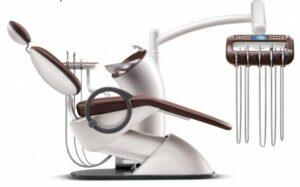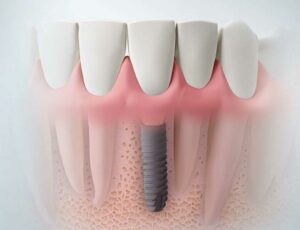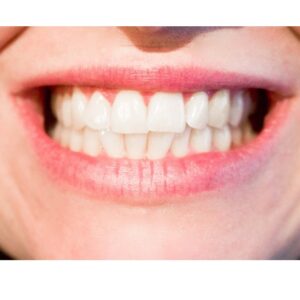Dental implants are increasingly sought by patients seeking the most natural replacement for missing teeth. One thing that makes implants so appealing to dental patients is the high rate of success.
The dental implant failure rate may be as low as 5%. But given how common dental implants are, this relatively small percentage still represents many patients who end up having trouble with their implants.
Implants can fail for many reasons, including a patient’s medications, autoimmune disorders, infections, poor blood supply, poor health, allergic reaction, medical errors or the inexperience of the professional conducting the procedure. Smokers, patients with poor oral hygiene and those who grind their teeth at night may also face a higher rate of dental implant failure.
Dental Implant Failure Symptoms
The symptoms of a failed tooth implant are generally quite clear. The patient may experience pain, numbness or tingling. The implant may feel loose or fall out. An infection may also develop at the site. A patient may see gum recession or swelling around the implant or may struggle with chewing or biting.
Dental Implant Failure Treatment
Treating dental implant failure does come with some challenges. One is that patient trust in doctors and dentists may be limited. Even if the failure occurred due to smoking or poor oral hygiene, a patient may be upset with the results of their dental implant and may wish to get treatment even though they mistrust the dentist. Establishing rapport becomes important and good communication can help with this.
In addition, there may be biological limitations which not only may have caused the failure in the first place but which also may limit treatment options. In cases where peri-implant bone loss is a concern, a careful evaluation must first be undertaken to determine which solution might be best. A careful evaluating and good imaging can help establish what a realistic outcome might look like.
In some cases, removing the failed implant is needed. In these cases, using a resorbable collagen membrane can help protect the alveolar bone during the procedure.
In addition, it is important to take steps to prevent another failure. This may mean working to secure patient compliance. Studies have shown that implants with diameters smaller than 3.75 mm and implants above 11.5 mm as well as implants placed in type III bone or in the mandibular posterior region were associated with the highest risk of failure.
Can a Failed Dental Implant Be Replaced?
In some cases, yes. Whether this is possible will depend largely on what caused the failure in the first place. When replacing dental implants, it is crucial to use original restoration components or components which have been tested together. If the abutment and implant are not part of the same system, they may not fit precisely, causing damage to both.
Hiossen® Implant products have been shown to have exceptionally long-lasting results. If you would like to discuss ways implants can help you reduce the risk of dental implant failure in your patients, contact us to discuss our solutions for helping you avoid complications.




